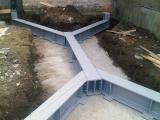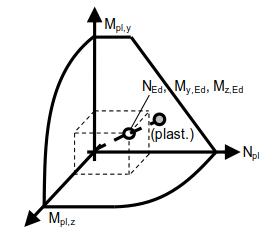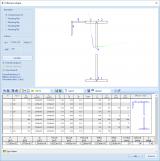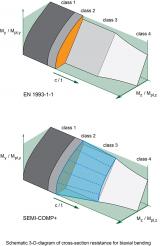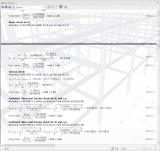sensd.01 - Steel design
- Kód modulu sensd.01
-
Softvér
- SCIA Engineer
-
Zahrnuté v edícii
- Concept,
- Professional,
- Expert,
- Ultimate
- Kategória Steel Design
- Licencia Trvalé

